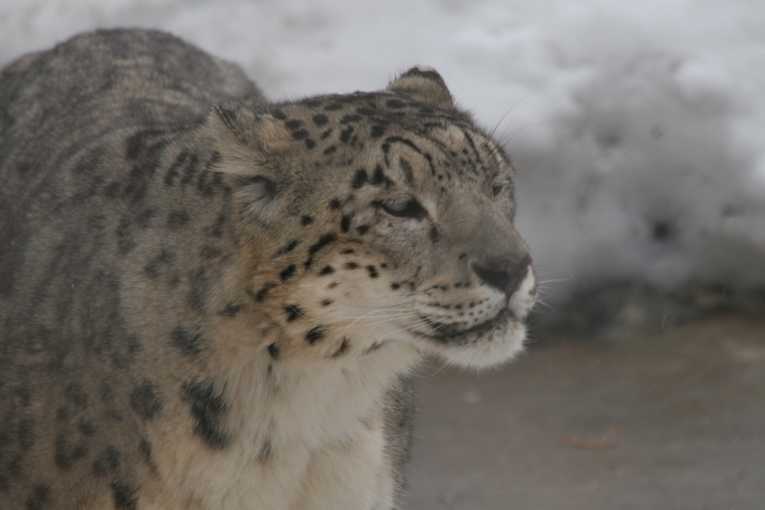Snow leopards are doing well in a wild corner of war-torn Afghanistan according to the Wildlife Conservation Society published in the Journal of Environmental Studies.
It's great news for the species whose numbers have been in decline across Asia for over a decade, despite hunting bans. However, pelts are still ending up for sale at army bases and local bazaars, which is why the Wildlife Conservation Society is putting in place community awareness and education programmes to help protect the species.
"This is a wonderful discovery," said Peter Zahler of the Wildlife Conservation Society. "It shows that there is real hope for snow leopards in Afghanistan. Now our goal is to ensure that these magnificent animals have a secure future as a key part of Afghanistan's natural heritage."
In the area to the extreme north east of the country known as the Wakhan Corridor, the WCS has a team of 59 rangers monitoring the snow leopard population, which up until now has been at risk from poachers and local shepherds. The region is particularly important for the species designated "endangered" by the International Union for the Conservation of Nature, as the Wakhan Corridor allows the leopards to travel and breed through Tajistan, Pakistan and China.
Working together with conservationists, the rangers have been able to use camera traps to film snow leopards in 16 different locations. But their most important role is getting the support of the local communities to help protect the animals. Already there have been successes with the creation of Afghanistan's first national park, Band-e-Amir, a project that was only possible with the support of the local communities.
A spokesperson for the study group said, "By developing a community-led management approach, we believe snow leopards will be conserved in Afghanistan over the long term."
The numbers of snow leopards across Asia have been in decline since over the last 15 years with numbers falling some approximately 7,500 to 4,500 and it's hoped that the latest initiative from the WCS may prevent further declines. However, threats still remain. The war in Afghanistan has led to widespread poverty and when leopard pelts sell for as much as $900, poachers see it as one of the few ways left of feeding their families.
Top Image Credit: © Earl Robbins










